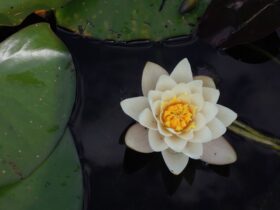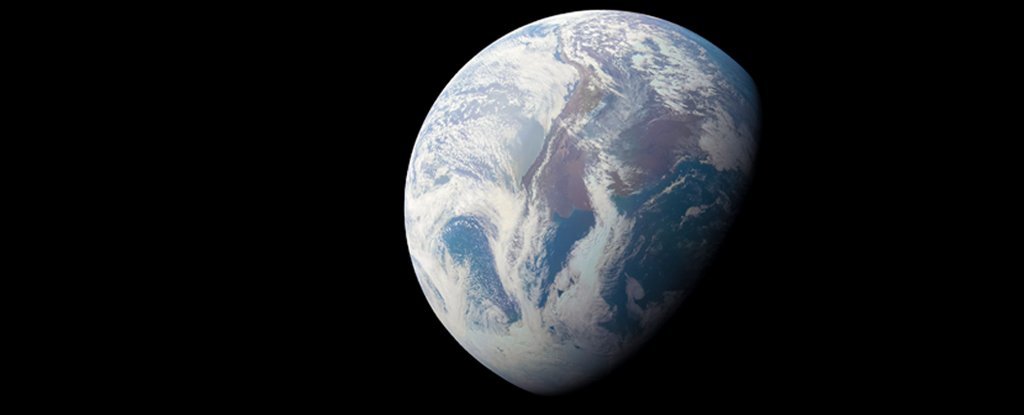The Juno spacecraft has been orbiting Jupiter for roughly five years, since 4 July 2016, and the chances are that you last heard of it back in 2013, when it flew past Earth.
The spacecraft required some extra boost to reach Jupiter, so it used our planet’s gravity for a quick assist. Kevin Gill, an image editor, reminded us of that very flyby via some recently processed images of our planet, provided by the JunoCam, also known as the “Citizen Science” onboard camera.
Our planet really looks like a pale blue dot from outer space!
The probe flew past Earth on 9 October 2013, and it got a speed boost of over 3.9 kilometres per second (roughly 8,800 mph).
The researchers also used the flyby as an impromptu means of testing the camera, providing it with its first space warmup by imaging our dear planet. However, the flyby granted amateur image enthusiasts a chance of playing with JunoCam images.
As the JunoCam was meant as a collaborative effort between the mission scientists and the worldwide public, its imagery gets sent back to our planet and published by the Mission Juno website, where the general public has access for follow-up image processing.
If you are curious about the images, you can check out the JunoCam images here.
The images get processed by citizen scientists and ultimately posted on the official website. The images depict scientific imagery combined with beautiful shows of space-themed art.
Paul Steffes of the Georgie Tech, also a Juno Science investigator, said:
“The idea that you can couple our scientific imaging and understanding of the planet, with artistic representations of not only what the planet means but what exploration means, has been very valuable to the mission – and to the public”


























Leave a Reply